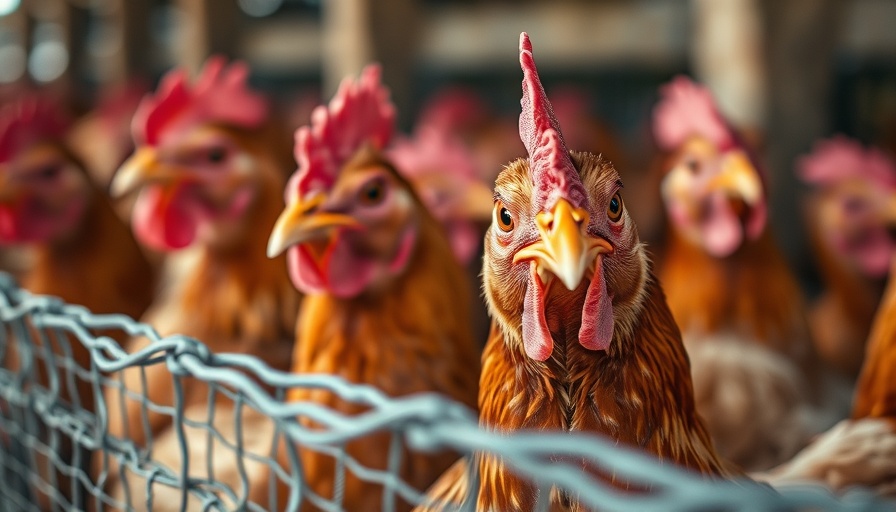
Concerning Trends in Bird Flu Outbreaks
A recent report from the World Organization for Animal Health (WOAH) reveals a worrying trend: bird flu outbreaks in mammals have more than doubled in one year. Last year saw 1,022 reported instances across 55 countries, compared to only 459 the year before. This sharp increase, particularly among various mammals like cows, dogs, and cats, raises significant alarm bells within the health community. While the risk of transmission to humans remains low, these developments suggest that the potential for the virus to evolve and spread to humans is an emerging threat.
The Economic and Ecological Impacts
The broader implications of avian influenza are not limited to human health; they are impacting agriculture and food security worldwide. With over 630 million birds affected—either through deaths or culling—food prices, particularly eggs, have surged. Agriculture experts warn that the ongoing crisis may destabilize trade and local economies reliant on poultry production. This multi-faceted impact calls for greater attention not just to health measures, but to systemic agricultural resilience.
Lessons from Vaccination Efforts
Countries like France have taken proactive measures, implementing vaccination among poultry to combat bird flu. Initial predictions estimated 700 outbreaks; however, due to effective vaccination efforts, only 10 occurred. This illustrates that vaccination can effectively mitigate outbreaks and reduce human exposure, showcasing a successful model for others to follow. Yet, WOAH's director Emmanuelle Soubeyran stresses that vaccines are not a panacea, emphasizing the necessity of comprehensive biosecurity and global collaboration.
Looking Ahead: Risks and Recommendations
As experts scrutinize the evolving nature of bird flu, a collective global response is crucial. Coordinated efforts in surveillance, biosecurity improvements, and effective vaccination strategies should be prioritized. Increased transparency in reporting outbreaks and enhanced agricultural practices can significantly lower the threat posed by avian influenza. It is clear that our interconnected world necessitates unified action to secure public health.
 Add Row
Add Row  Add
Add 




Write A Comment